|
It is said that as you advance in your career as an athlete, the gap in physical ability from athlete to athlete gets smaller. So if two athletes are both gifted with similar traits athletically, what is going to be the difference from the athlete that becomes a star and the other that fades away? The answer is mental toughness. How mentally tough are you? How hard are you willing to work and study your craft? How many sacrifices are you willing to make? It’s a lot to think about, especially if you are a younger athlete just starting out. There is no measuring stick to see how much heart someone has or how mentally tough they are. It is shown through dedication, discipline and devotion. These attributes can be developed and improved just like any other habit. Just like becoming a great athlete physically, it takes time to develop these mental traits in your life.
Being dedicated to your sport begins with showing up and working hard. Are you willing to make the sacrifices to be a part of the select few that are dedicated to being their absolute best? How much dedication one is willing to put forth is different from athlete to athlete. I remember when I was a young athlete practicing my ball handling and shooting skills for basketball in the dead of winter in New England with snow on the ground. I could barely feel my finger tips when I headed in the house to get a quick drink of water. I was dedicated to being my best and not making excuses that there was nowhere to practice because it was cold outside or the gym was not open. I set a goal and I was dedicated to accomplishing it. Being discipline means you will follow your coach and trainers instructions even when no one is around to check on you. None of my coaches or teammates knew that I was practicing that day and none of them needed to know. It says on the schedule that you are going to go through the drill 50 times, then you go through the drill until it’s done. There are many different examples that anyone could apply to their own life, that is just one that comes to mind about mine. Another example could be its 5 AM and you do not want to get out of bed to train because no one will know, guess what, you better get out of bed because you are the one that has to look yourself in the mirror. When you did not prepare food for the day the night before, are you going to eat healthy, clean meals or just cheat because you do not have the discipline to eat nutritious meals. All these examples show the difference between what it takes to be discipline. Being devoted is about giving of yourself for the team. It isn’t only about you. Are you committed to your team and their success? If you are asked to fill a smaller roll for a play are you still going to give it your all? Does winning come before your numbers? Devotion is there or it isn’t, it is not something that you can give half an effort. If you are devoted to something, you believe in it wholeheartedly. Failure is not an option. Mentally tough athletes are able to deal with the ups and downs, the controversy and the doubters, yet still persevere. Being mentally tough is the ability to take criticism and make yourself better, to have challenges and overcome and to fight through whatever comes your way and come out the other end better for it. Are you mentally tough?
1 Comment
The anterior cruciate ligament, better known as the ACL, has become a huge focal point when discussing how to reduce injuries in the athletic population. It is reported that there are an estimated 150,000 ACL-related injuries a year occurring in the United States. (1) The chances of this injury occurring do increase when certain sports are played, such as football, basketball, soccer and skiing. With that being said, 70% of ACL tears are non-contact injuries that might be preventable. (1) How do we make it a focal point then to reduce these injuries from happening in the athletic population? The answer is to have a well-rounded strength and conditioning program. There are five key attributes that will be included in a properly designed ACL prevention training program.
First, the exercises performed will be closed chain, compound, and multi-joint movements. This means that exercises are performed with the feet on the floor. The exercise selection will include Olympic lifts, power lifts and single leg exercise variations. These exercises are not the starting point, but it is the goal to reach this level. No one is going to be doing leg extensions on this program! Second, the anterior and posterior chain should be trained evenly. This refers to training the front and back on the lower body. Too many times we focus on the “mirror” muscles and forget about what is on the backside, even though that is the most important part. Make sure to include single leg deadlift variations, rack pulls, cable pull-throughs, and slideboard bridge variations. Third, single leg exercises will be part of all training sessions. This one is definitely important seeing that I have already mentioned it in the previous points. When you are playing sports you are ALWAYS on one leg, unless you are standing watching the grass grow. Sure there are some exceptions, but you get my point. Training has to involve being on one leg because that is how sports are played. There is huge selection of lunge variations, single leg squat and deadlift variations and plyometric and speed drills. Fourth, proper mobility in the hips and ankles will spear additional force being applied to the knees. If the hips and ankles do not move properly the stress will be applied to another part of the body and in this case it’s the knees. Make sure to include some mobility work if these areas are an issue. Single leg lowering and three way ankle mobility are two great options. Fifth, perform the exercises with full range of motion and proper biomechanics. This goes along with point number four. Once you have perfected your mobility, your range of motion should be fine as long as you continue to go through a full range of motion when performing each exercise. It’s just like your car, if you do not have sound mechanics something is going to break. There are five great ways to reduce ACL injuries from taking place. Make sure to check our video section for these exercises and mobility drills that will be posted soon. 1. www.sportsmed.org There are so many great exercises, that I’m sure all of you are incorporating into your training program, but I thought today I would mention a few that might not be on everyone’s radar. I’m a big proponent of compound, multi-joint movements for numerous reasons that we won’t get into now. But with that being said here are five exercises that everyone should give a try, with proper coaching of course. 1. Single Arm DB Hang Snatch This is a great beginner exercise that develops power, strength and speed. Start in an athletic position (good hip hinge, stable core and shoulders back). From there you should drive your hips forward and explode through the floor. Make sure to get a powerful shrug, while maintaining a locked elbow (once the elbow bends, the power ends). To finish the exercise you might want to think about punching the db straight up. Once the db is overhead the shoulder should be packed and the elbow locked. 2. Reverse Lunge w/ SLDL Combo Here is a great single leg exercise. You get more bang for your buck from doing this combination of the reverse lunge and single leg deadlift. Start by taking a step back and dropping your knee almost to floor level. Keep your torso upright and eyes focused straight ahead. Return to the standing position and then perform a single leg deadlift on the other leg by pushing your hips back, keeping a stable core and having the shoulders remain back. Come back to the standing position and repeat on the opposite leg. 3. Inverted Row The invention of the TRX has made this one a popular exercise among professionals in the field, but as we know most others are not including as many pulling movements in their training as they should. Begin by taking the handles and walking it in to a point that will be challenging. To start extend the arms while keeping the body in position and stable. Pull yourself up to the handles; once the handles reach your sides begin to lower yourself under control back to the starting position. 4. Single Arm Landmine Press I guarantee almost no one is doing this exercise. It is a simple movement to learn that will development upper body strength and core stability. In a slightly athletic stance hold the end on a barbell in one hand and push it up. Return the barbell to the side of your shoulder under a controlled manner and repeat. 5. Plank Transfer This is an advanced plank movement that should not be attempted before mastering the previous progressions. Start in a plank position with a db to the side of one shoulder. Without moving your hip and shoulder level reach out and bring the db underneath your chest. Take the db with the opposite hand and bring it to the outside of the other shoulder. Repeat that process back to where the db started. That is one rep! There you have it, five exercises that are worth giving a try.
The drive sled is an amazing tool to develop strength and speed. There are multiple movements that can be done, with the sled push usually being the most common of them all. In this post we are going to talk about how versatile the drive sled can be. The five movements I’ll touch on today are the high sled push, forward harness sled pull, backward sled pull, lateral sled pull and sled drag. The high sled push focuses on shoulder girdle and core stability, while using the lower body to power the sled forward. This is a great option for developing triple extension and hip drive. The upper body should remain as stable as possible while one leg performs triple extension and the other triple flexion. The forward harness sled pull is another option for developing triple extension and hip drive, but it gives you a little different feel then pushing. Having the sled almost feel as if it is pulling you back makes the hip drive that much more important. You are constantly fighting to pull the sled every inch. Same coaching ques apply as above. The backward sled pull is a killer for the posterior chain. The quads are getting worked when the knee is extended, but the focus will be on the hamstrings and glutes for this one. Tip: Make sure the legs are doing the work and keep your elbows straight the whole time. Also, do not let the shoulders round forward. The lateral sled pull is a great one for working on anti-rotation; you are also working on triple extension and hip drive in a lateral motion which many athletes need. Think about a runner on first baseball or a running back making a lateral cut before a forward sprint and you get the picture. The rope sled drag is one of my favorites. It combines a great amount of lower body and core strength to keep your body stationed and upper body strength to pull the sled towards you. Your arms and back will thank you…. actually they will be pretty sore so they might not. (FYI that is Benny our guard dog making sure things stay safe, good job Benny!) These are some great ways to develop an extreme amount of strength and speed. Any athlete that wants to excel on the field should try to get their hands on a sled asap. Chime in and let me know what other ways people out there are using their sleds to get strong!
Power= Force x Velocity
This simple equation tells us that you must generate force rapidly to increase power production. Both of these components, strength training and the ability to apply force rapidly, we’ll call it speed here; need to be included in a properly constructed trained program to develop a powerful athlete. If both components are not trained properly you end up with two different scenarios. In the first scenario the athlete only focuses on strength training, which produces a rather strong athlete with an ability to generate force rather quickly, but you know it could be faster and it doesn’t look quite right. In the second scenario the athlete is really focused on doing things quickly, this produces an athlete that seems to move rather well, and he is slightly faster and can jump slightly higher but it looks like something is missing. Let’s take a look at things when both components are trained properly. Training strength and speed will give you an athlete that is both strong and can use that strength explosively. That is the key, being able to use strength explosively. Now we have developed the complete package that will lead to improvements on the field of play. Sprinting faster, jumping higher and throwing harder all include components of power production. When this well developed athlete takes the field of play they will have the greatest chance at success. The basketball player that wants to be able to jump higher or sprint down the court faster will have the ability to do so, the football player that wants to drive back the opponent or leap to catch the ball will make it happen, the lacrosse player that wants to throw the ball harder or chase down the loose ball will win the race; the list goes on and on. For every athlete that has to run, jump, swing, throw, strike and catch, the ability to be powerful should be priority number one. So now that I have convinced you that athletes need to train both force production (strength training) and velocity development (speed/explosive training) how about some examples of things that the athlete should include in a training program. Without getting into too much detail strength training includes performing lower body movements that can be both single and double leg hip dominant and knee dominant, upper body horizontal and vertical pushing & pulling movements, and a variety of core stability and anti-rotation movements. Explosive training includes Olympic lifting with barbells, dumbbells or kettlebells, medicine ball throws & slams, Plyo box work and moving anything else as quick as possible. If your goal is to be the best athlete you can be include both strength and speed/explosive training in your program. |
Archives
July 2024
Categories
All
|
Proudly powered by Weebly

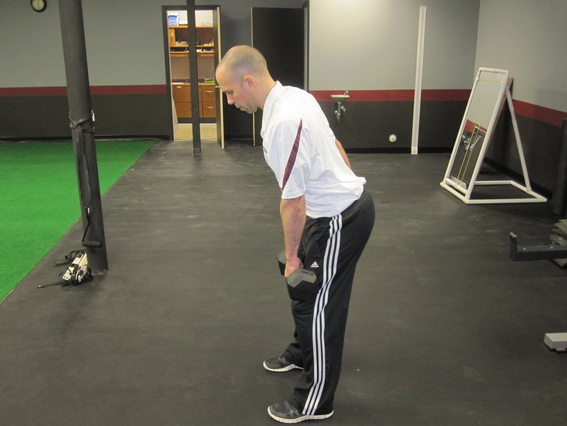
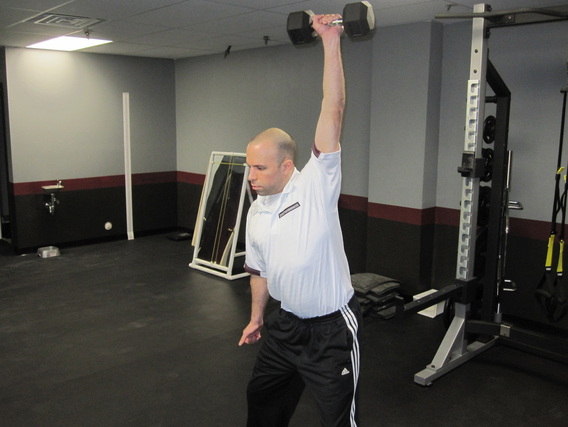
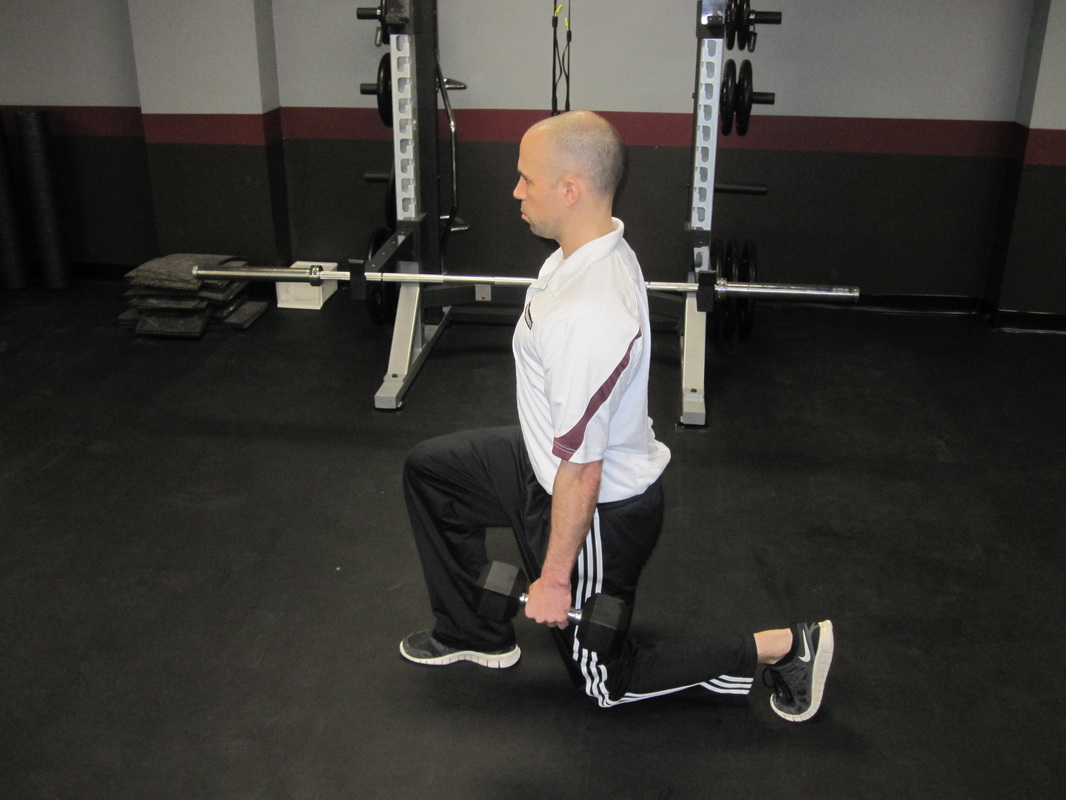



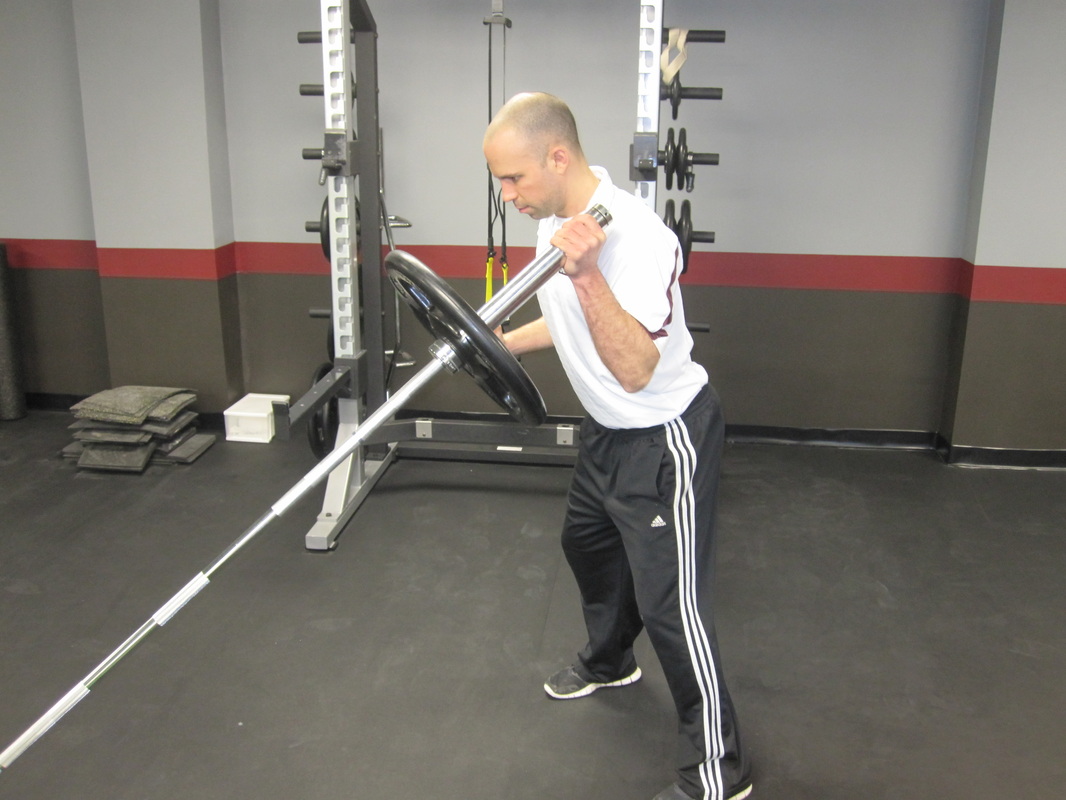
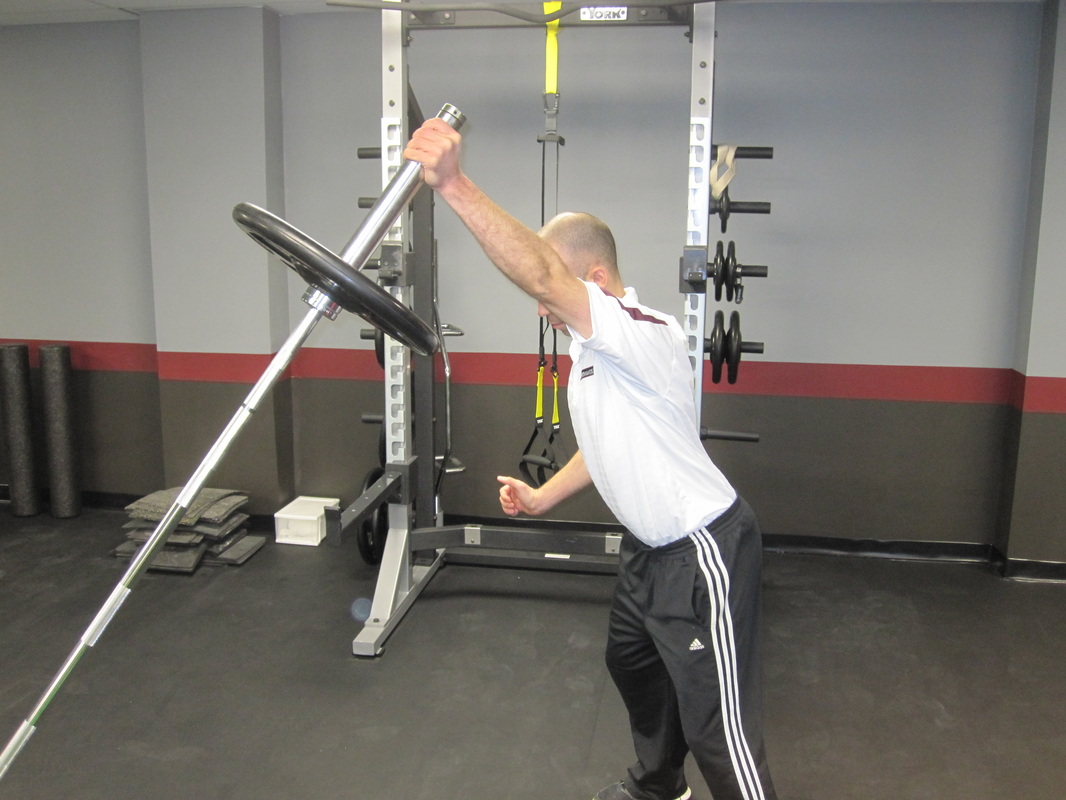
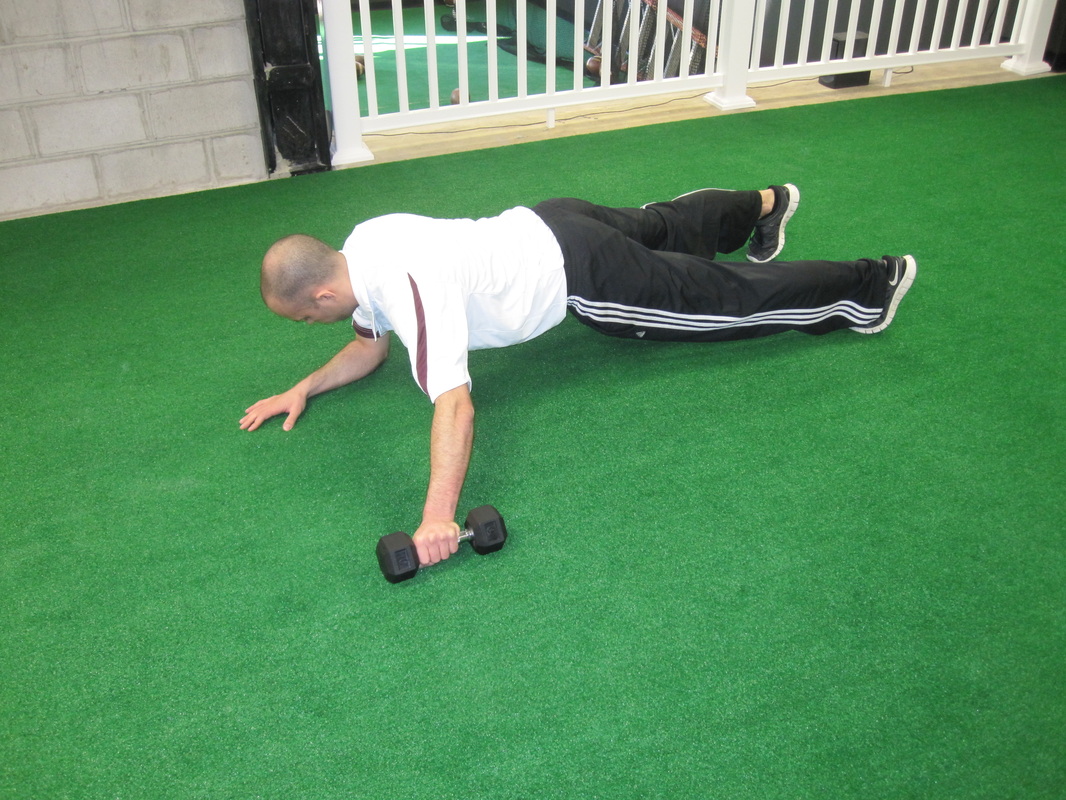
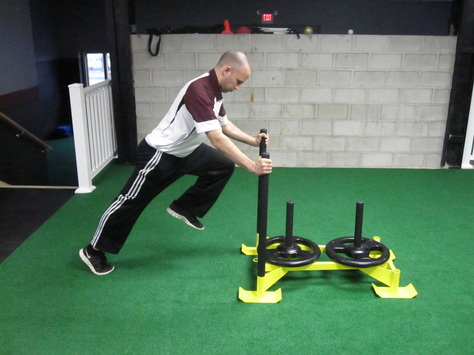
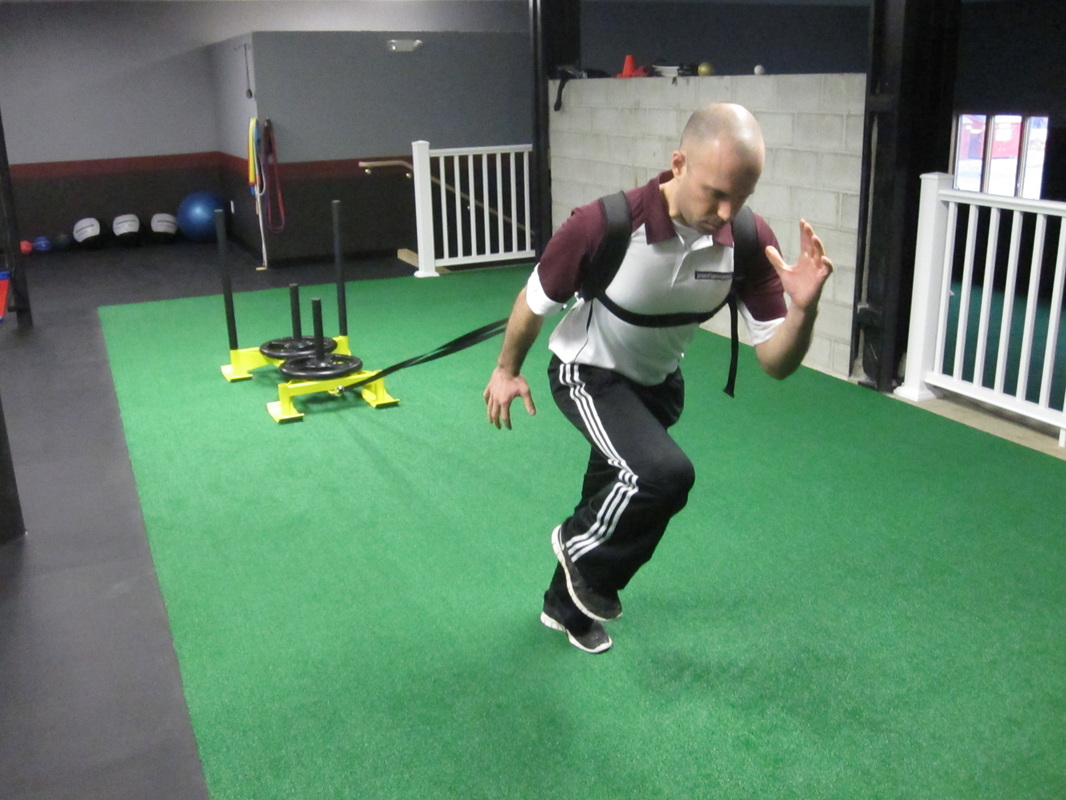


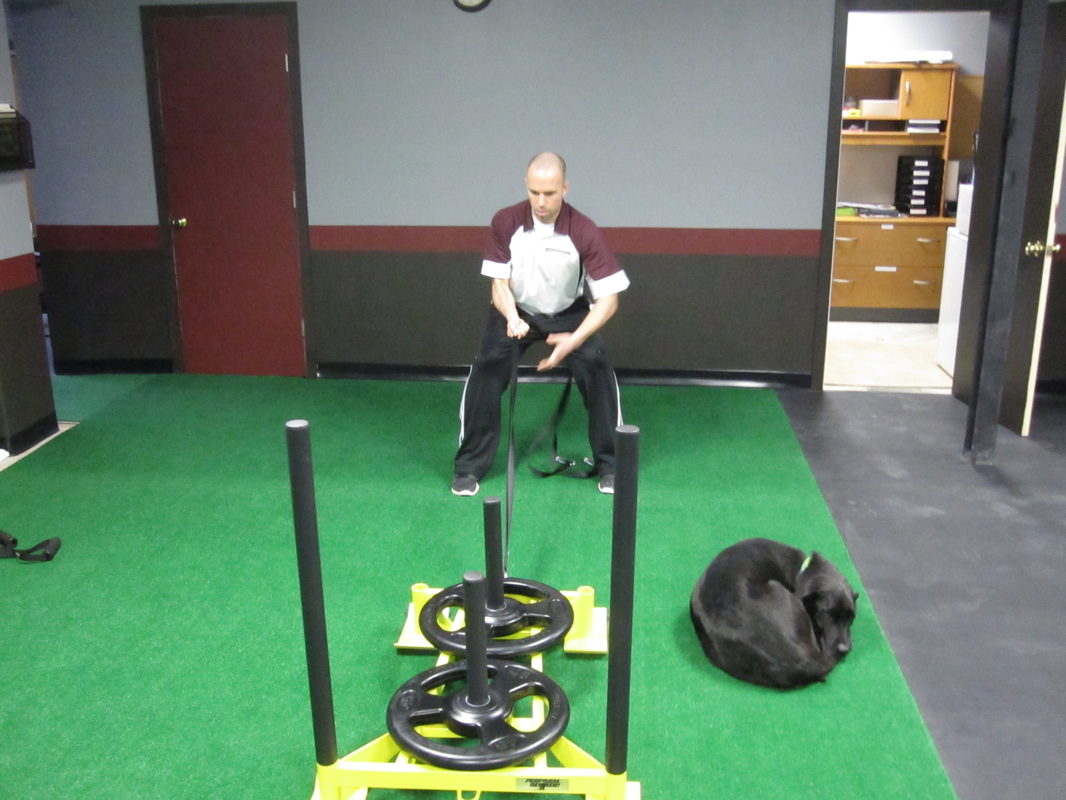
 RSS Feed
RSS Feed